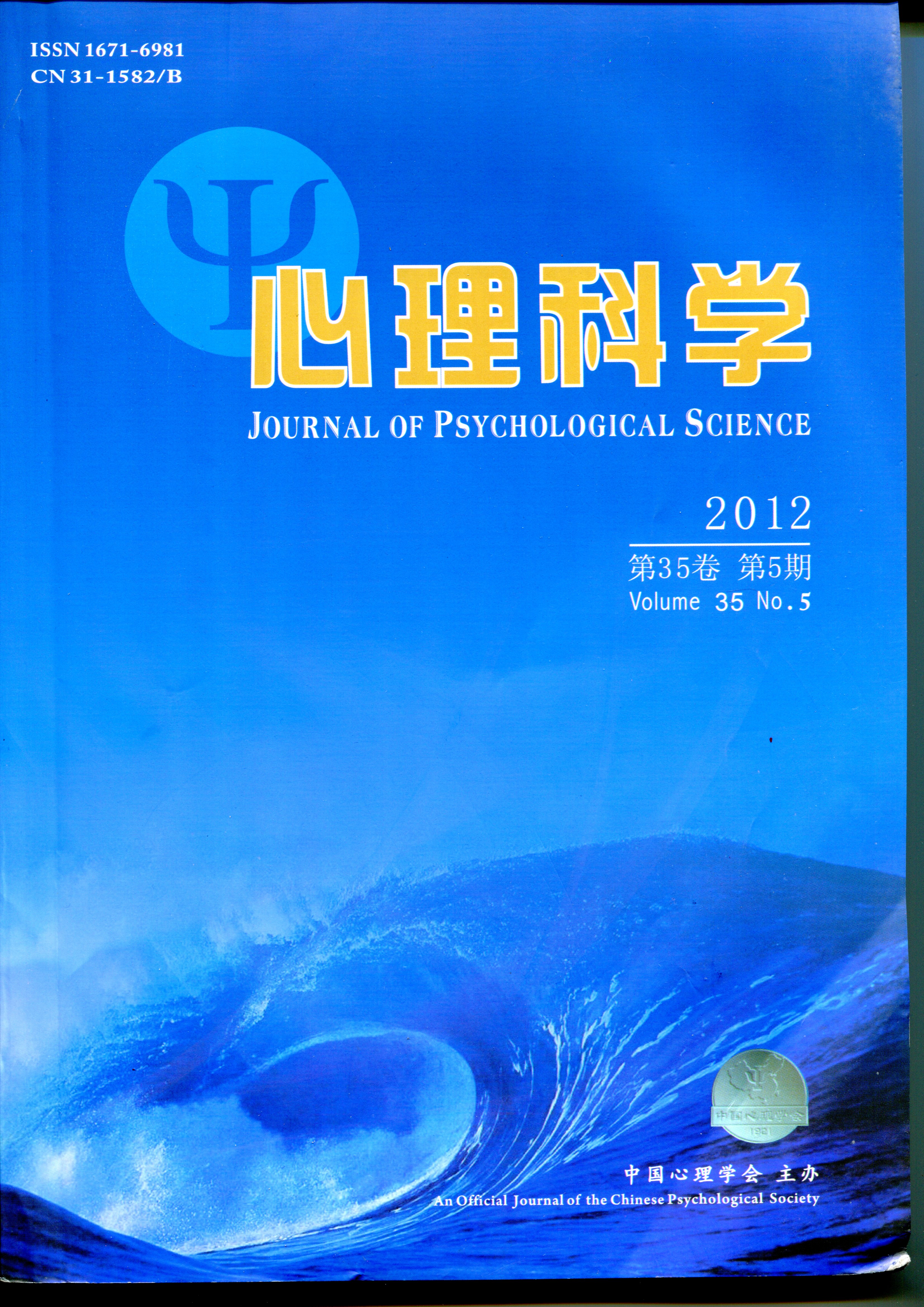Abstract The current research aimed to explore the categories of counselors’ verbal responses during the first counseling session, especially the characteristics of the counselors’ verbal responses under Chinese culture. Procedures and Methods: The research was a qualitative study based on the discovery-oriented psychotherapy research developed by Mahrer(1992). The researchers collected first-session videotapes of 4 counselors at a university counseling service. All counselors were female and got their master degrees in counseling psychology. The mean age of the four counselors was 28 years old, with a ranged from 24.5 to 31.5, and their counseling experience ranged from 2.5 to 5.5 years. Clients were freshmen and sophomore (3 males and 1 female). In this study, researchers conducted category analysis to make an exploration. Prior to categorizing, typed transcriptions of the four sessions were divided into 241 response units. After coding these response units, researchers got 25 concept categories. Based on their functions, natures and used conditions, the concept categories were classified into four core categories, which was a classification and coding system of counselors' verbal response in Chinese culture constructed by this research. In addition, each session was split into three parts according to the time (the initial 15 minutes, middle 20 minutes and the last 15 minutes), then researchers analyzed the changes of four counselors' verbal responses in different parts of the first counseling sessions. The results: (1) Based on the function and effects of counselors’ verbal responses in the first counseling sessions, four main counselors’ verbal response categories were summerized, setting response, listening response, follow-up response, and affecting response. (2) The four core categories of counselors’ verbal response included 25 subtypes, such as greeting/thanks, setting, empowerment, listening, encouragement, paraphrase, reflection of feeling, regular summarizing, focusing, immediacy, self-disclosure, guidance, concreteness, clarification, reinforcement, confrontation, explanation, positive connotation, advice, instruction, homework, providing information, affecting summarizing, invitation, and transfer. (3) All of the four counselors used the four categories of verbal responses during the first counseling session, but different in quantity and frequency. Compared to the fourth counselor, the most response of the other three counselors is listening responses in the initial 15 minutes of first-session. While, as time went on, the frequencies of listening responses from the first, the third, and the fourth counselors were reduced, and affecting response were increased. On the contrary, the second counselor used more listening responses during the whole counseling process. Conclusions: Continued to use the effective listening response skill was helpful to build counseling relationship, and provided subsequent counseling opportunities. However, the overuse of affecting response was more likely to result in loss of clients after the first counseling session. Therefore, counselors should be cautious when using affecting responses. . It was worth to note that there were no absolutely good or bad responses among all the types, but how counselors used them effectively was more important. The innovative points of the current research: firstly, it is the first publication to present categories of counselors’ verbal responses in China. Secondly, the categories of counselors’ verbal responses got in this research are based on the function and effect of verbal responses. Especially, it yet considers the Chinese culture. Finally, researchers propose some advises to counselors on how to properly use verbal responses to maintain and enhance counseling relationship, as well as acquire satisfied psychotherapy outcome.

